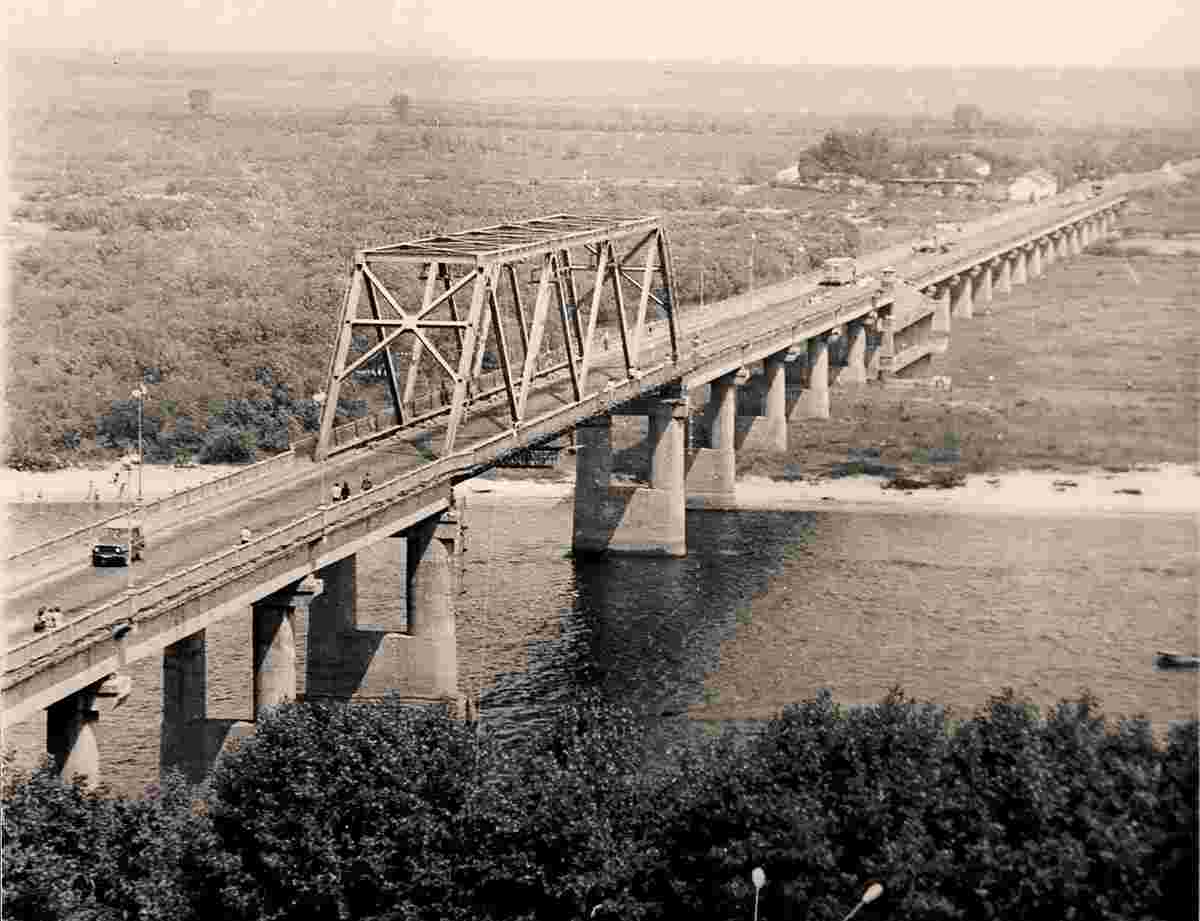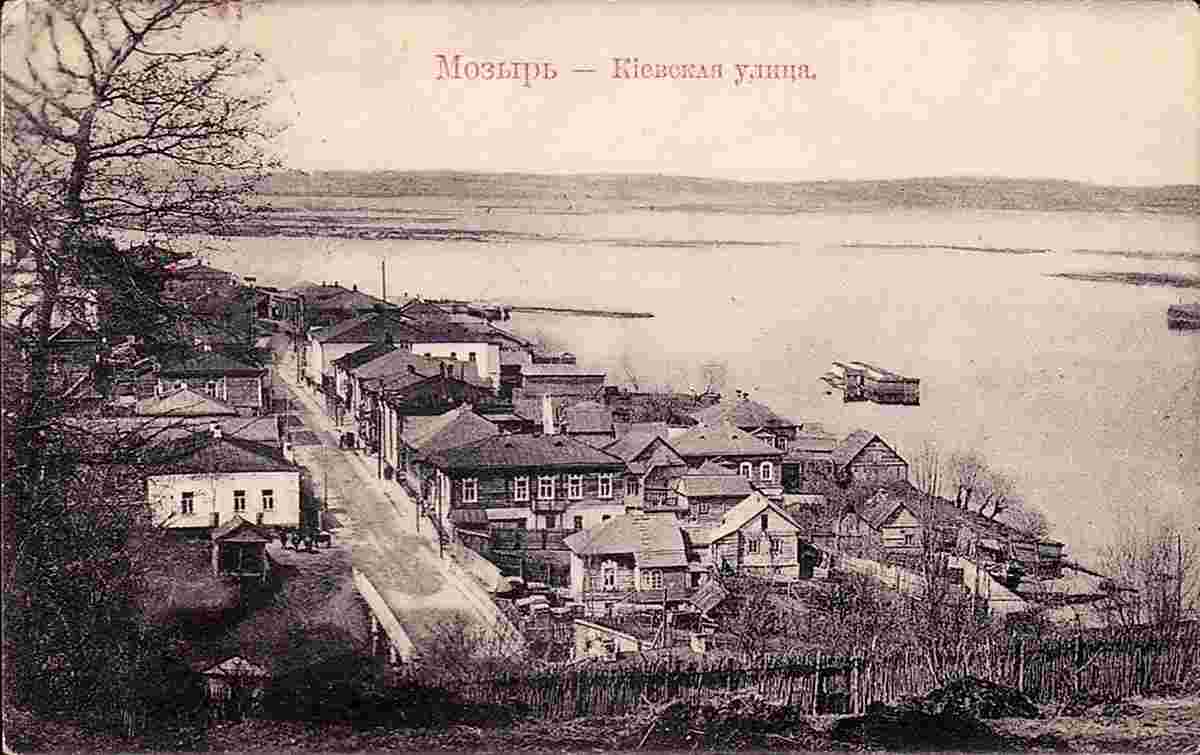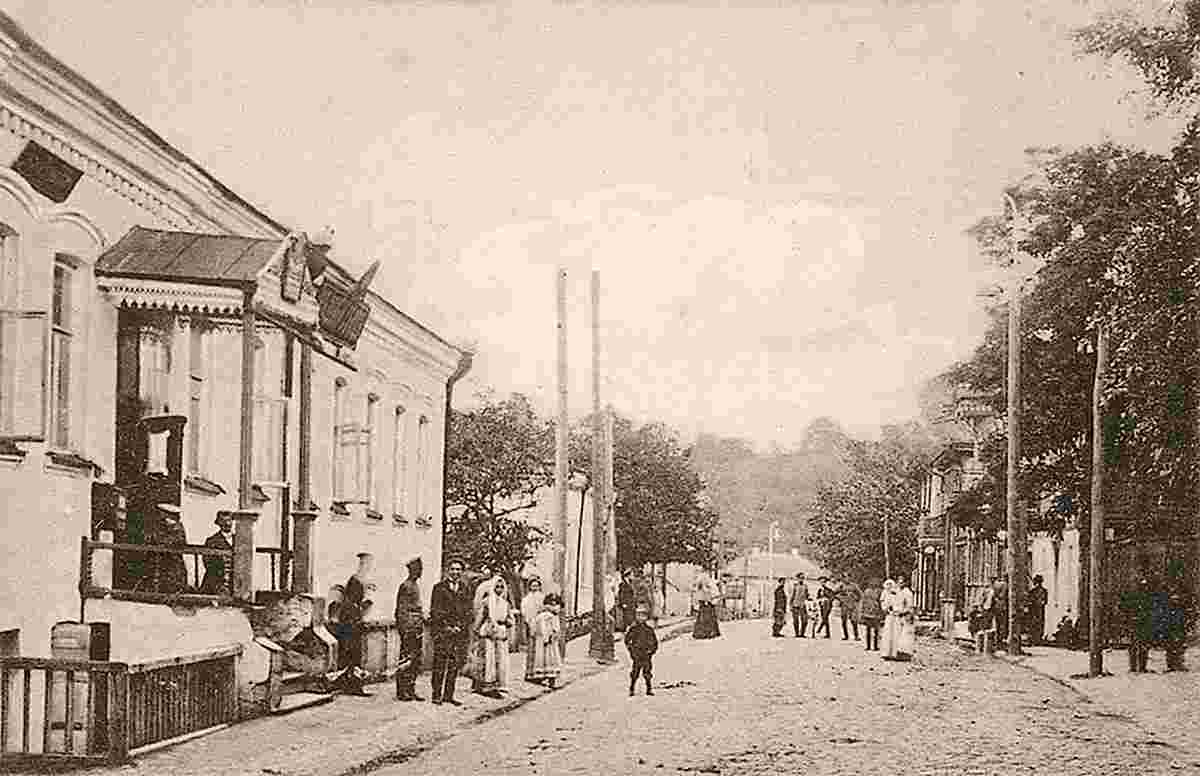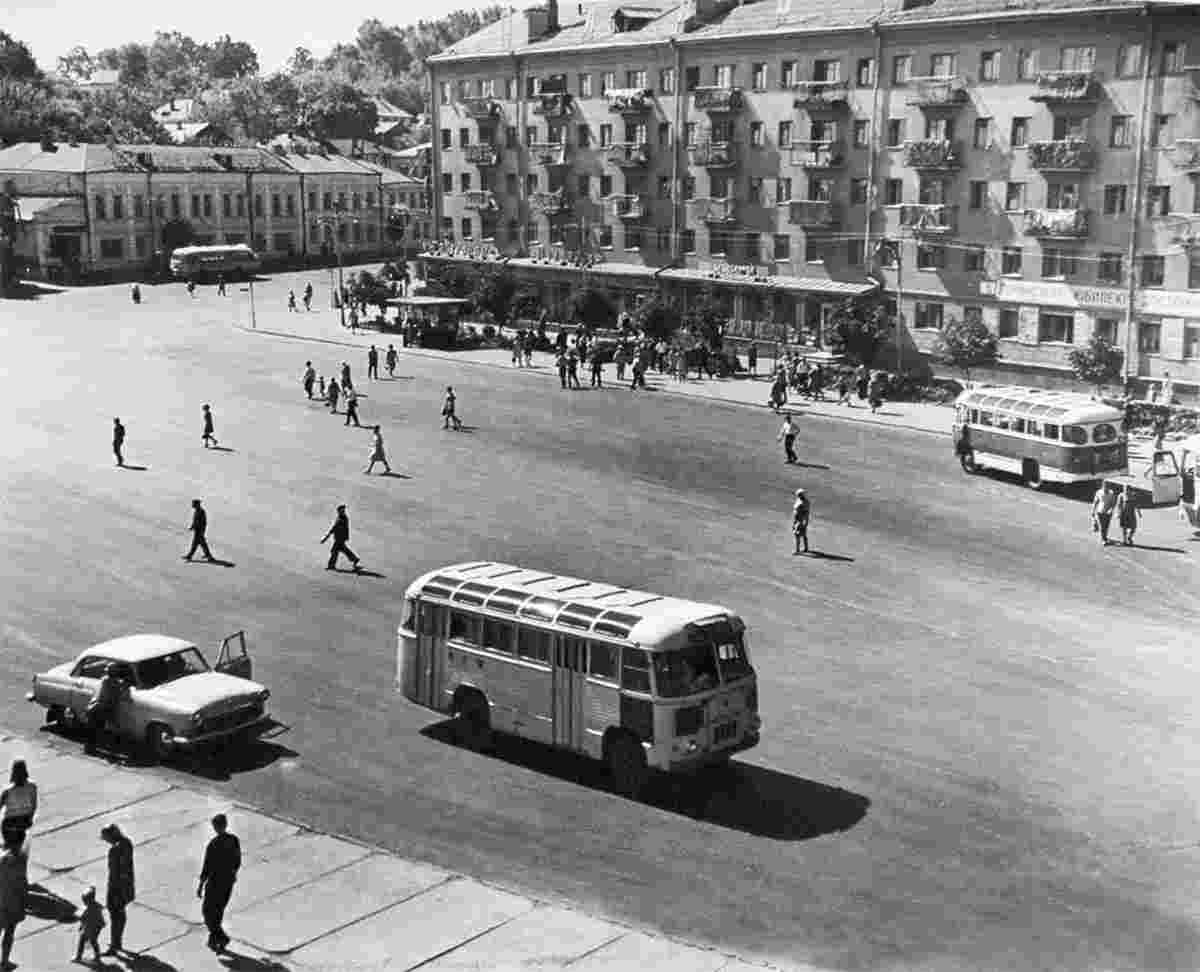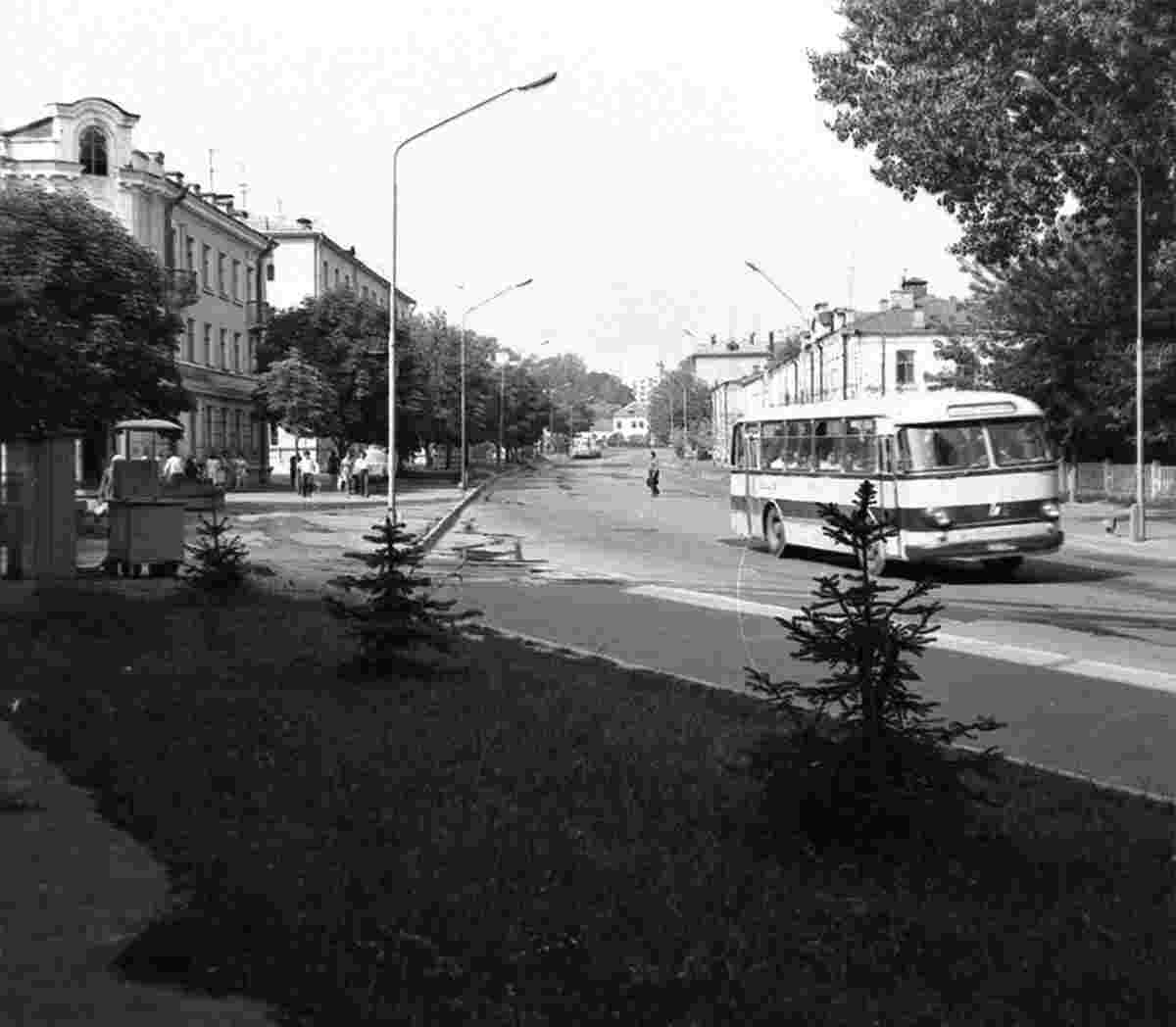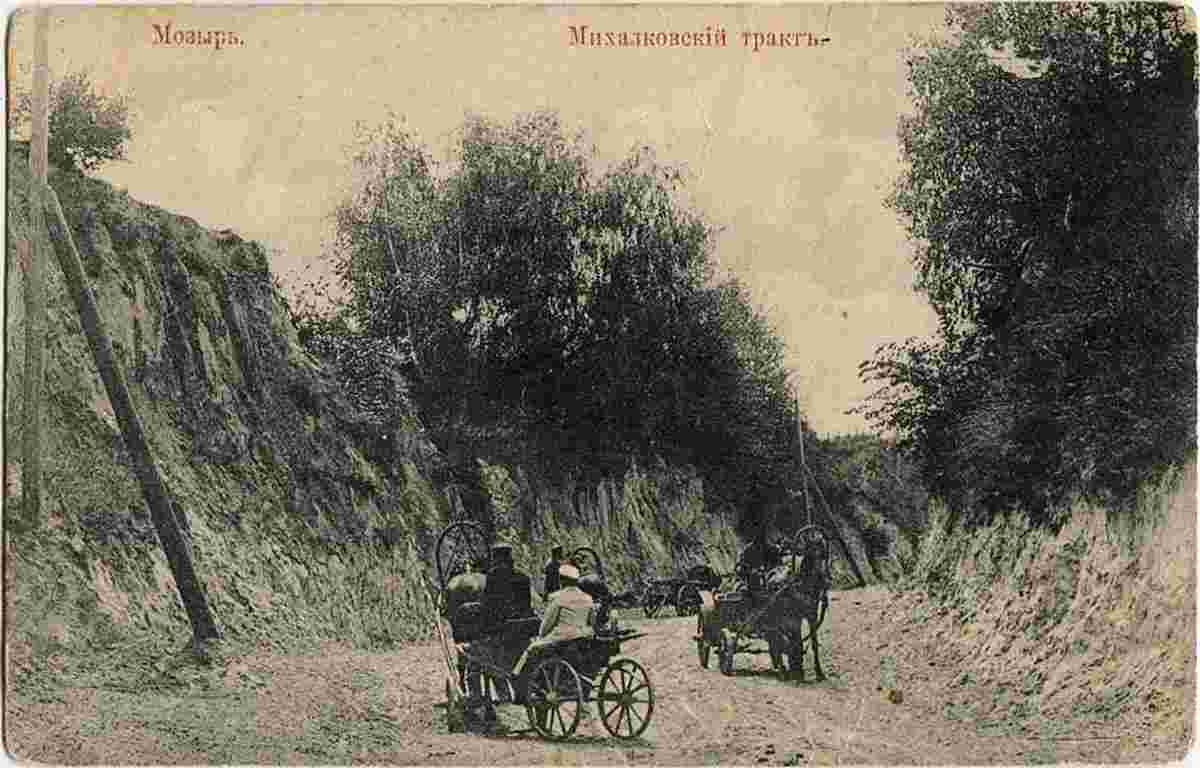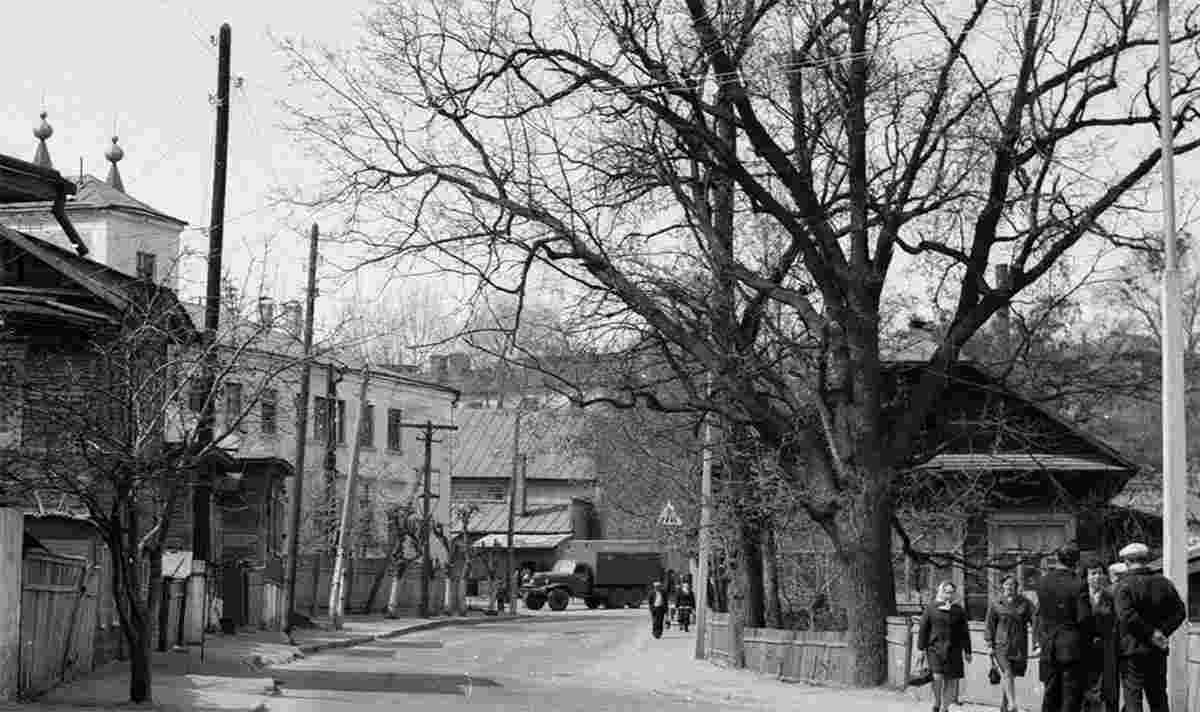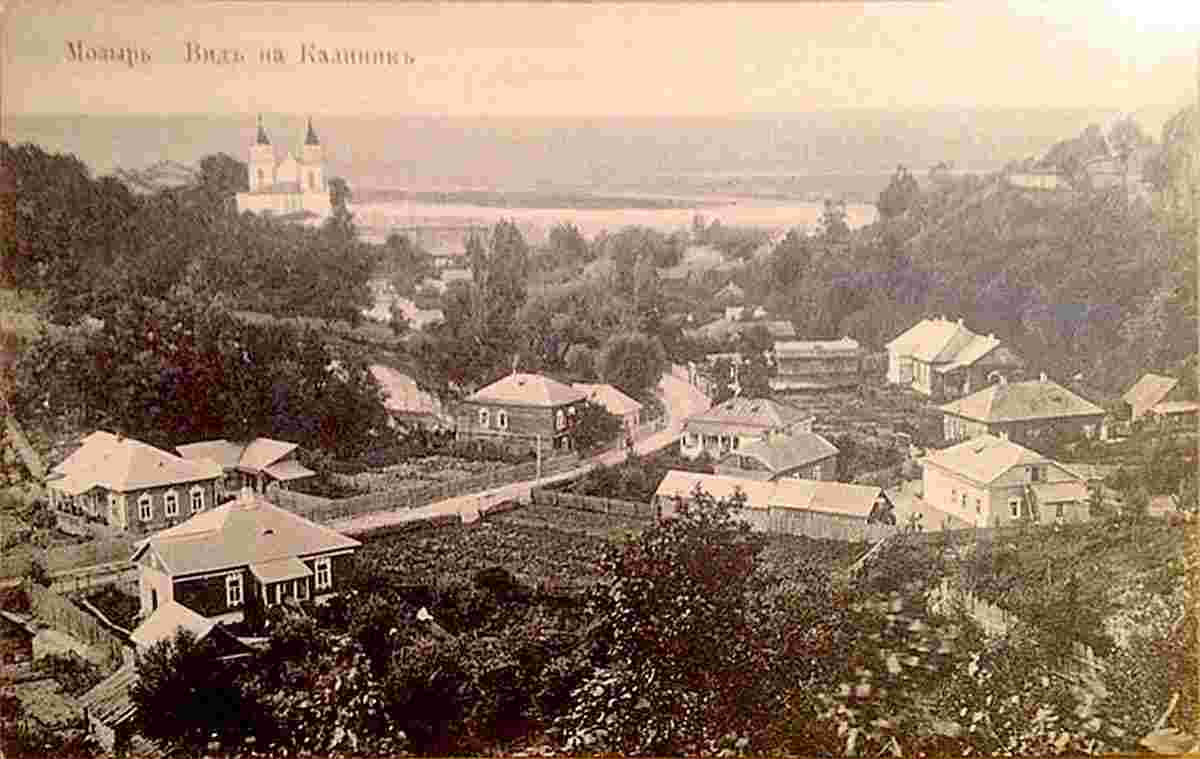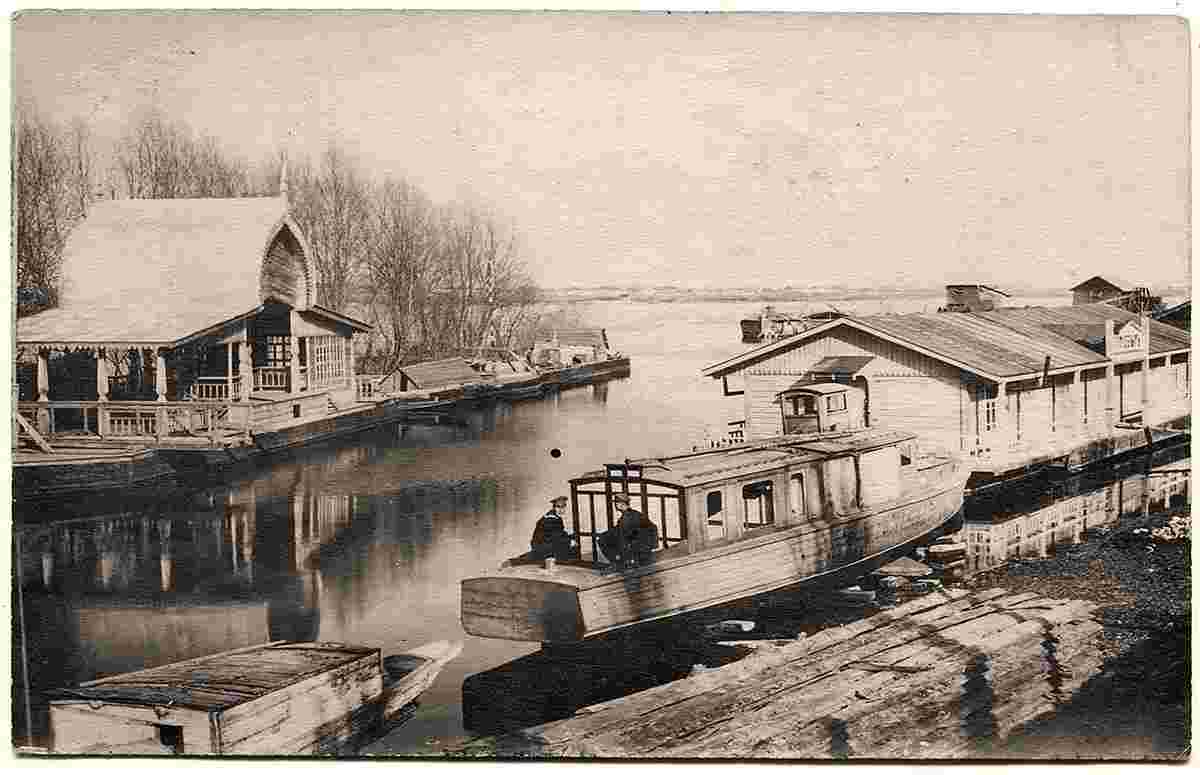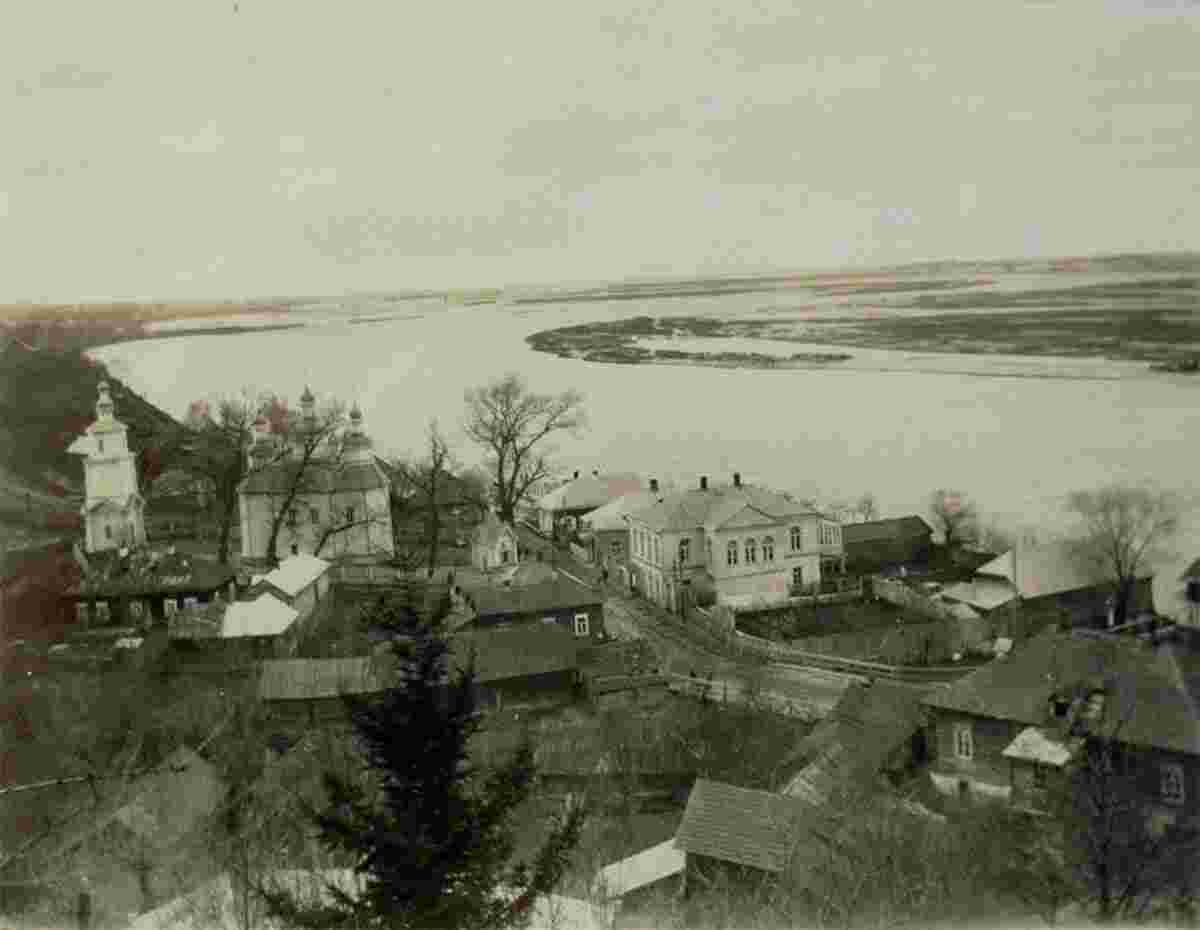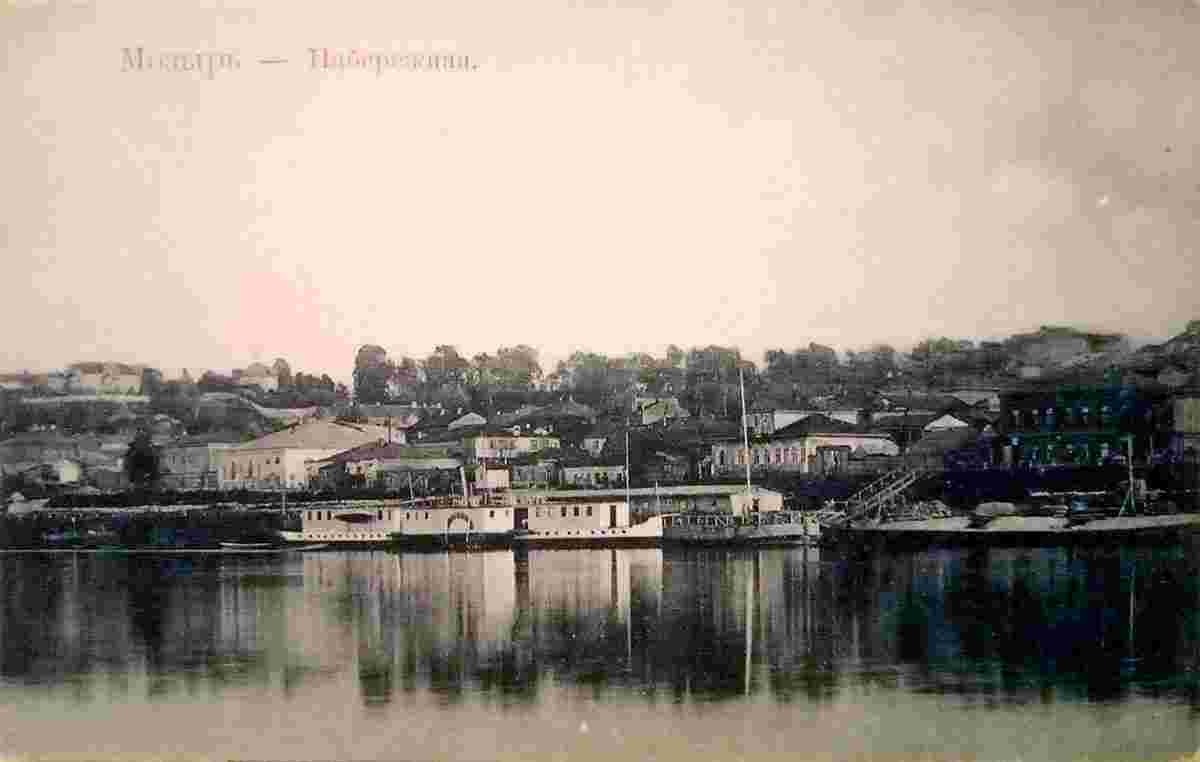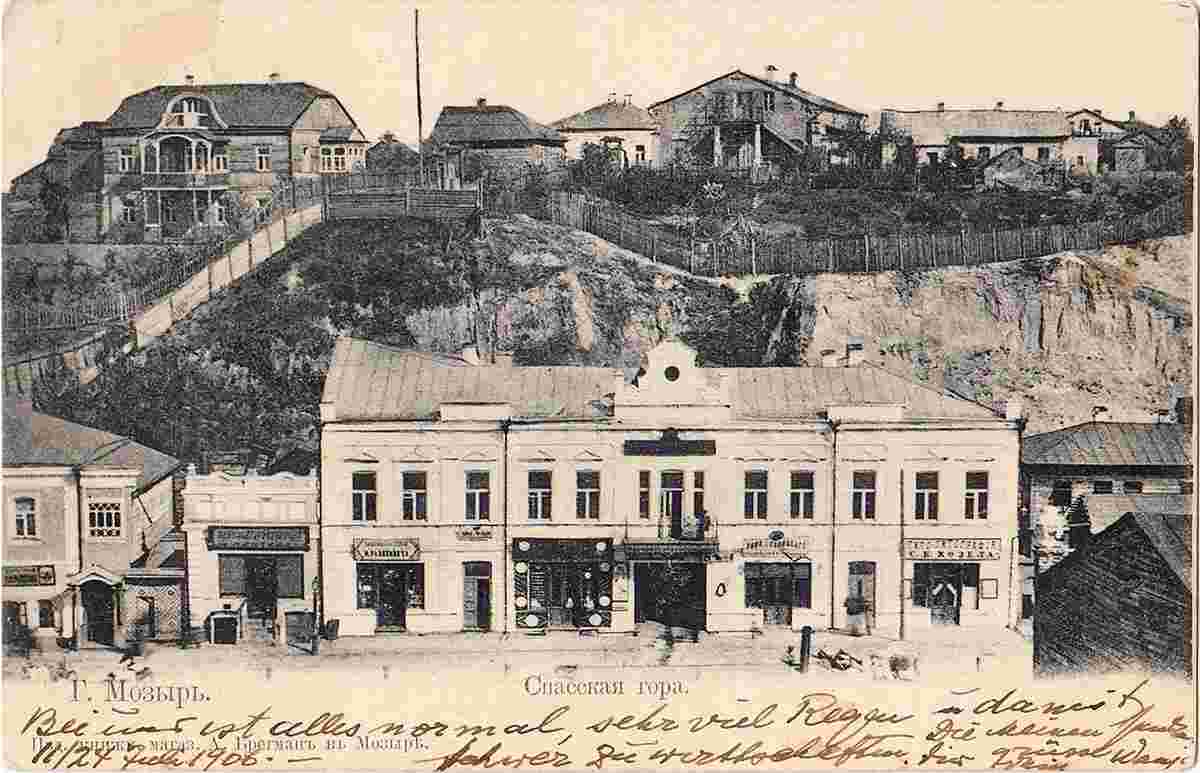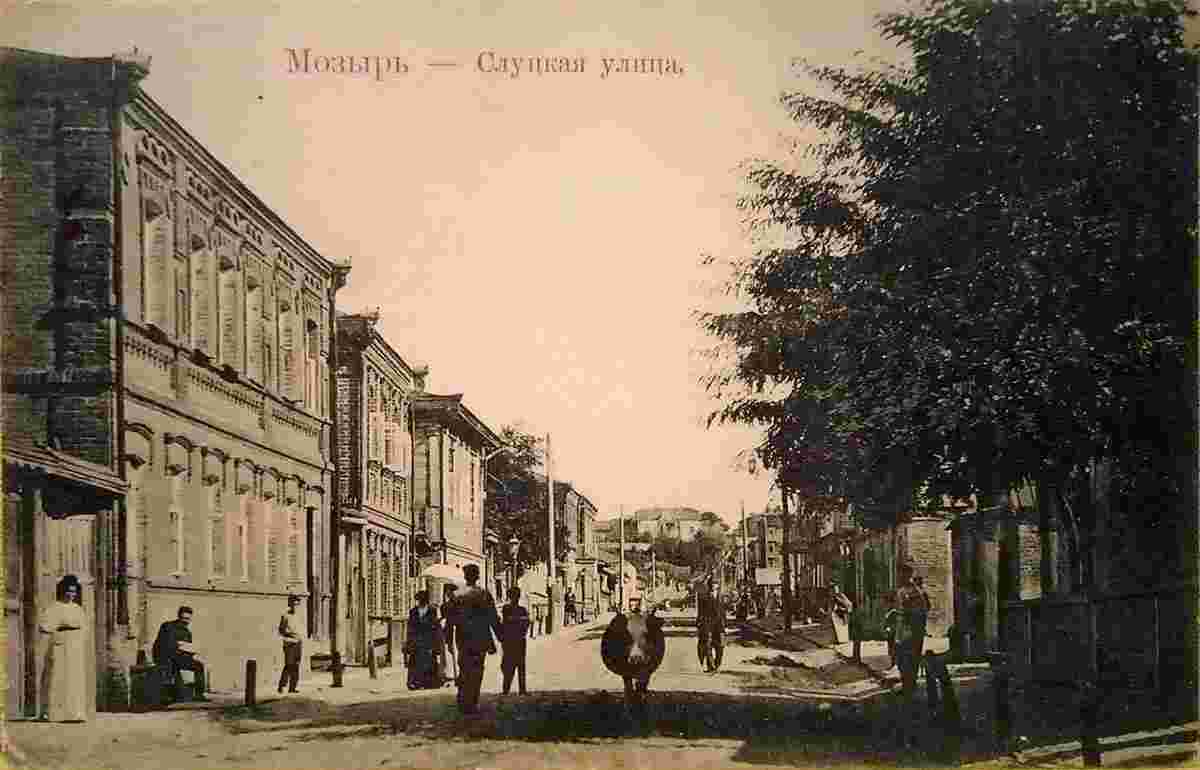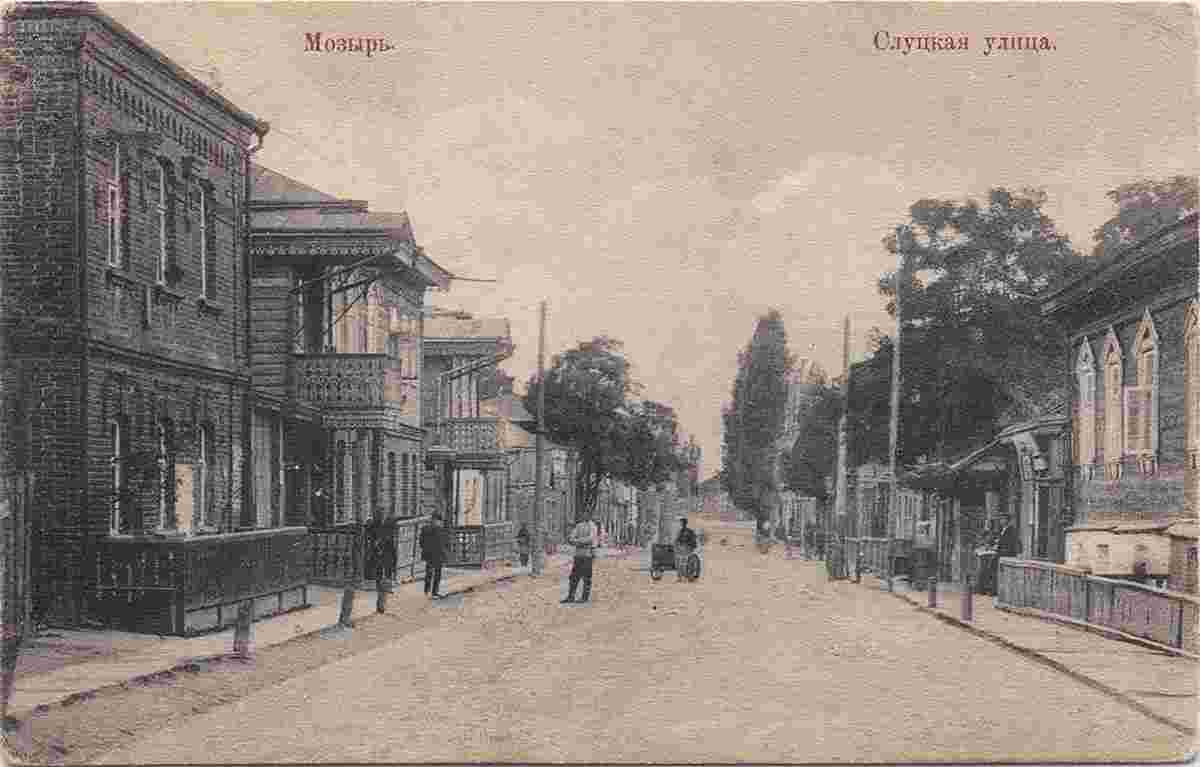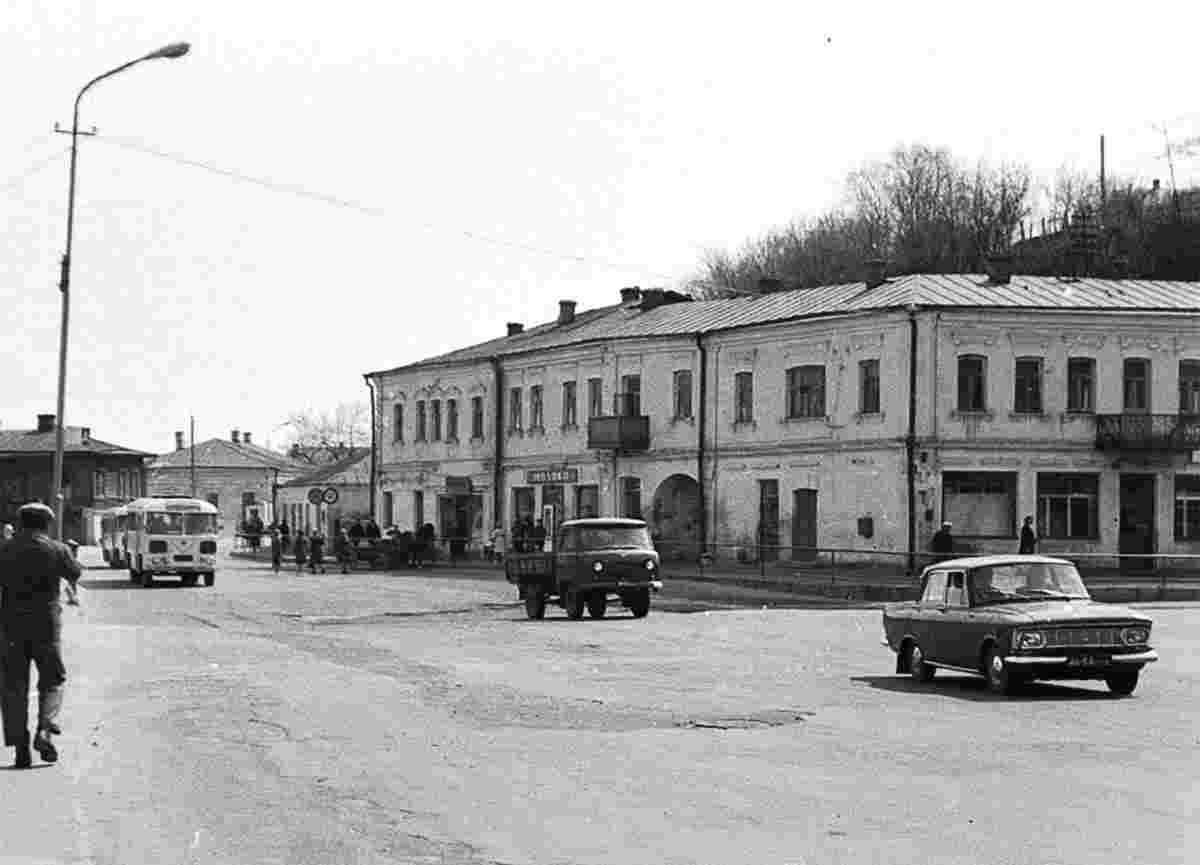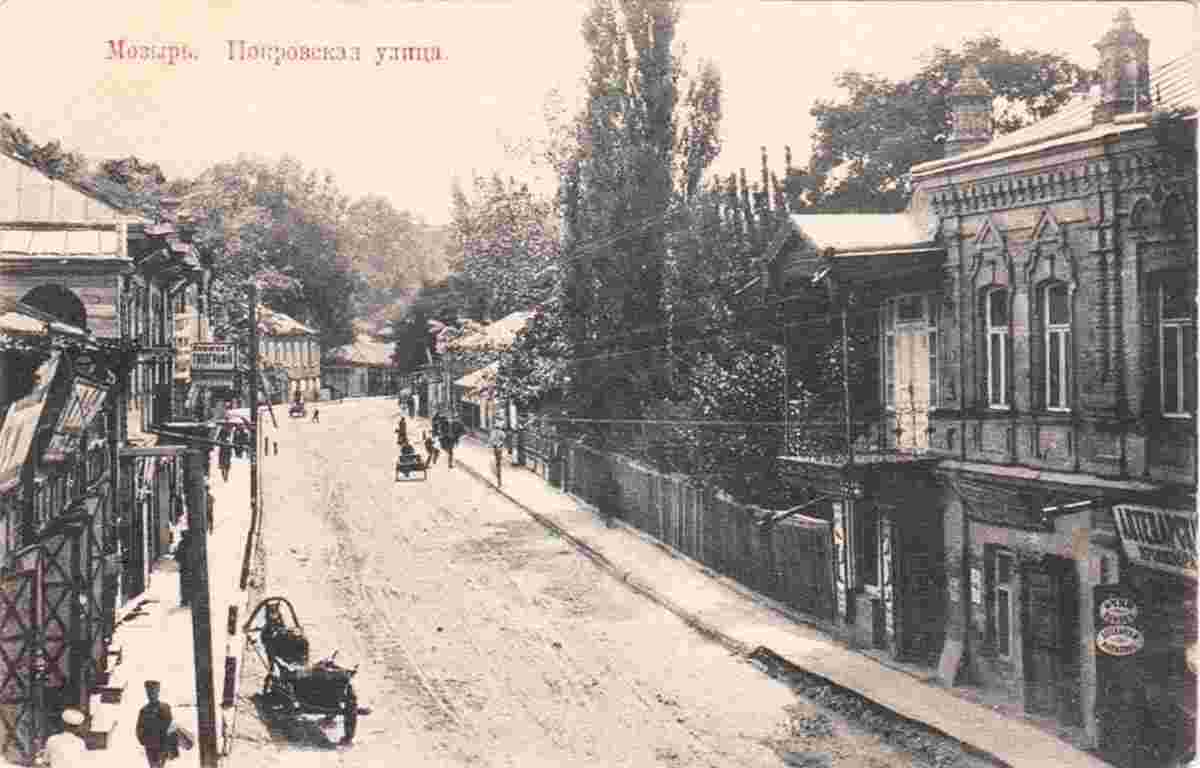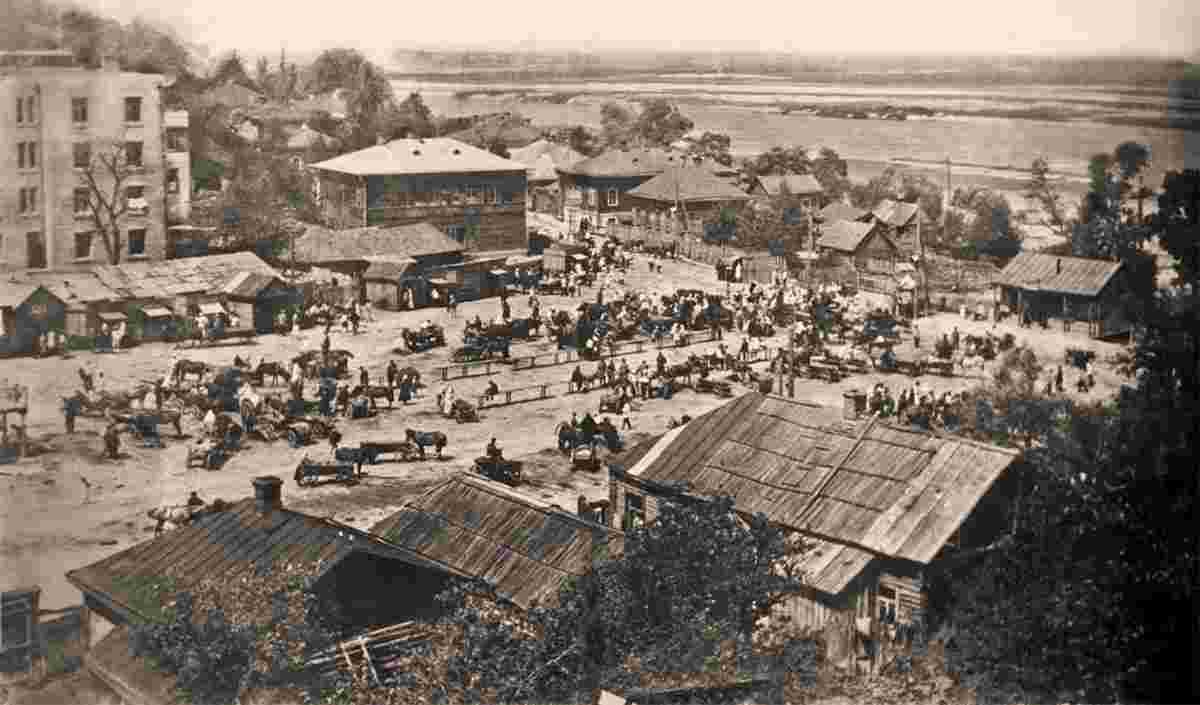History of Mazyr in photos
HistoryMazyr is one of the oldest cities of historical Ruthenia. First mentioned in the mid-12th century as part of Duchy of Vladimir, and then the Duchy of Kiev. In the 13th century it was conquered by the Grand Duchy of Lithuania. Initially a small settlement, in the 15th century it was donated to Duke Michael Glinski, who converted it into a town. The city received town rights (Magdeburg Law) first from king Stefan Batory in 1577 and then from king Sigismund III of Poland in 1609. Despite having been destroyed by Russian forces twice (in 1525 and 1654), the city continued to grow and following the Union of Lublin it became a major administrative and trade centre, as well as a seat of a powiat ("county" office and court). In 1648 there was a conflict during the Khmelnytsky Uprising. Between 1723 and 1726 the Jesuits created a school in Mazyr under auspice of the Academy of Vilna. Following the suppression of the order in 1773 the school was secularised and continued to exist as a gymnasium. Among its most famous graduates are Edward Piekarski (linguist) and Władysław Mazurkiewicz (physician). In 1793, following the Partitions of Poland, the town was annexed by Russia and its town rights were again confirmed in 1795. In the 19th century the town grew rapidly, mostly because of the Russian Pale of Settlement policy that allowed Jews to settle only in the lands once held by the Polish–Lithuanian Commonwealth. Because of that Mazyr grew to over 10 thousand inhabitants by the end of the century, most of them Jewish. During the Polish-Soviet War of 1920 the town was captured by the Polish Army in the so-called Mazyr Operation. Polish 9th Infantry Division captured the city in a swift and daring manoeuvre that earned its commanding officer, Col. Władysław Sikorski (later Prime Minister of Poland) a promotion to general. In the course of the war the town was briefly recaptured by the Bolshevists, but in the aftermath of the battle of Warsaw it was again recaptured by the Polish forces of Gen. Stanisław Bułak-Bałachowicz, who proclaimed a short-lived Belarusian People's Republic on November 12, 1920. However, in the Riga Peace Treaty it was assigned to Soviet Russia and became part of the Byelorussian SSR. Since 1938 the town was a seat of Polesie region, however in 1954 it lost that status and was administratively attached to the region of Gomel. Jewish communityJews were first mentioned in chronicles in the second half of the 17th century. It is known that there were three synagogues in the city as of 1856. R. Kugel, a prominent Jewish community figure, had been the chief Rabbi of Mazyr since 1861. He was also the head of the local Jewish literacy school. During this period Jews were mostly engaged in craftsmanship and trading. Part of Mazyr's industry, the match factory and the wood sawing factory were owned by Jews. There were eight active synagogues, a yeshiva, Jewish school and Talmud-Torah school in the wake of the 20th century. All of the facilities had been closed down by 1939. Thousands of Jews were executed by the Nazis in the local ghetto during World War II. After the mass execution, almost no Jews remained in the city, whereas before the war 30% of the population within the city was Jewish. On August 31, 1941, hundreds of Jews gathered inside a house at Malo-Pushkin street. They poured kerosene on the building walls and set it alight, while the people huddled inside. The mass suicide was an attempt to escape execution by the Nazis. The incident is known as the "Belarusian Masada". After the war some Jews returned to Mazyr. Although they refused to take back the partially-destroyed synagogue building, an official Jewish community was registered in 1946. A few years later, authorities denied the organization's right to exist. The community organization was re-established officially in 1989, when a revival began in the city. A synagogue and a Jewish culture club were opened. Origin: en.wikipedia.org | |||||||||||||
 |
Old historical photos and pictures of Mazyr, Belarus
Старыя гістарычныя фота і здымкі Мазыр (Мозырь), Беларусь |
| Cities of the World • Countries of Europa • Cities of Belarus |
| Robinson Rd, CB 13862 Nassau, NP, The Bahamas |
